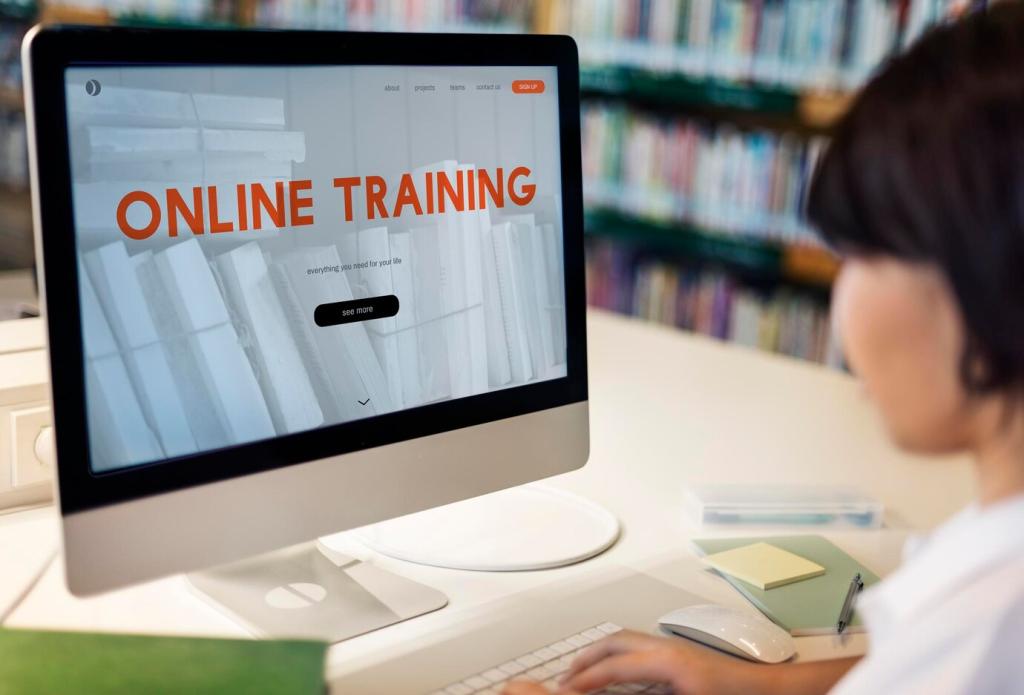Pedagogy and Instructional Design That Works
Courses that shift you from passive watching to doing will stick. Seek hands-on prompts, decision checks, and activities that demand application. Research consistently shows retrieval and practice deepen memory compared to repeated re-reading or lecture-only delivery.
Pedagogy and Instructional Design That Works
Quality courses sequence difficulty, chunk content, and provide worked examples. When Neeraj felt overwhelmed by statistics, a program with visual summaries and progressive exercises turned confusion into clarity within two weeks of structured practice.







